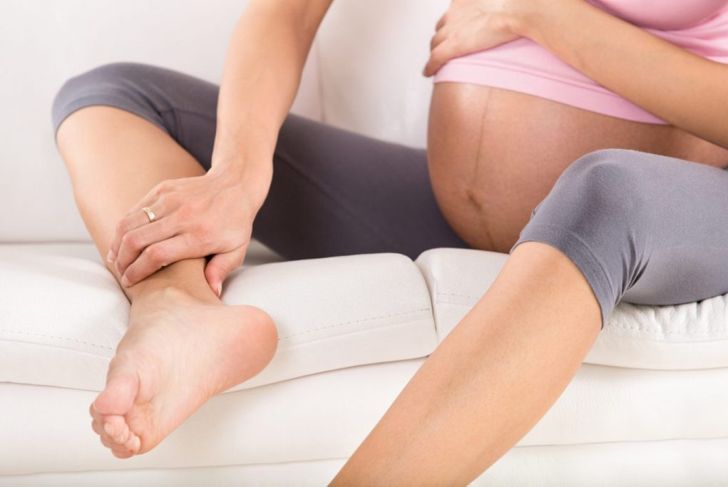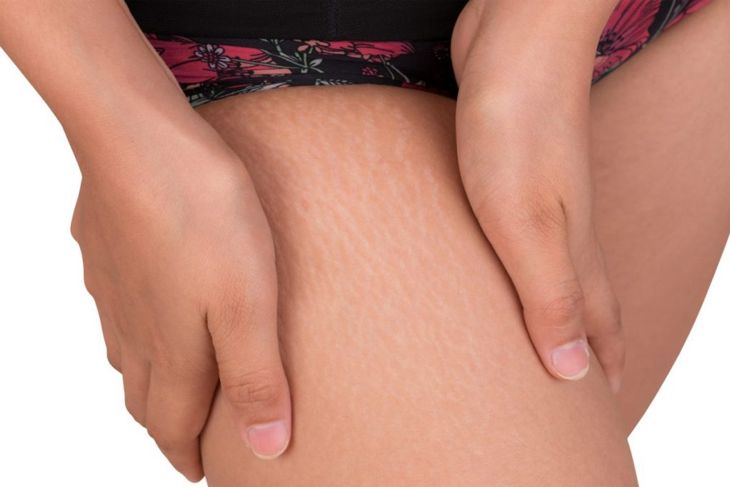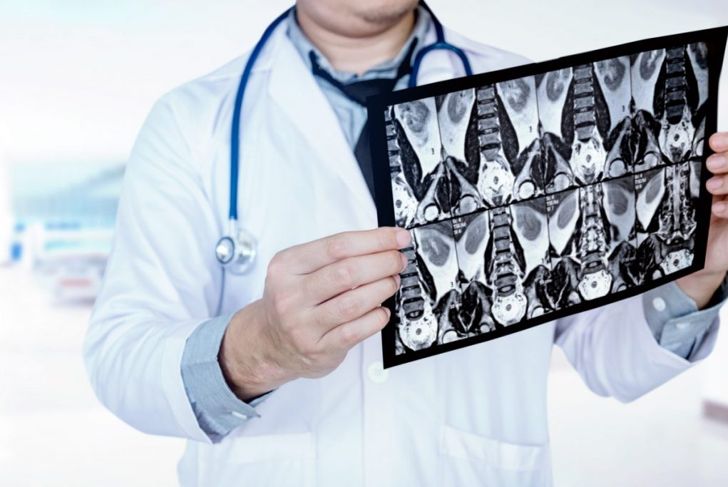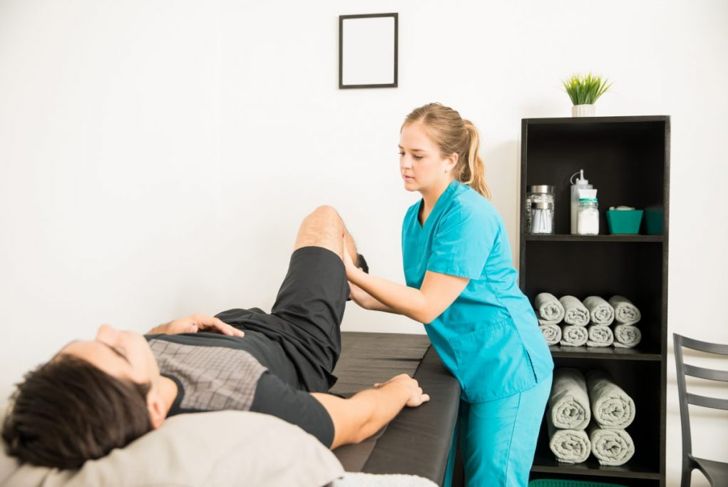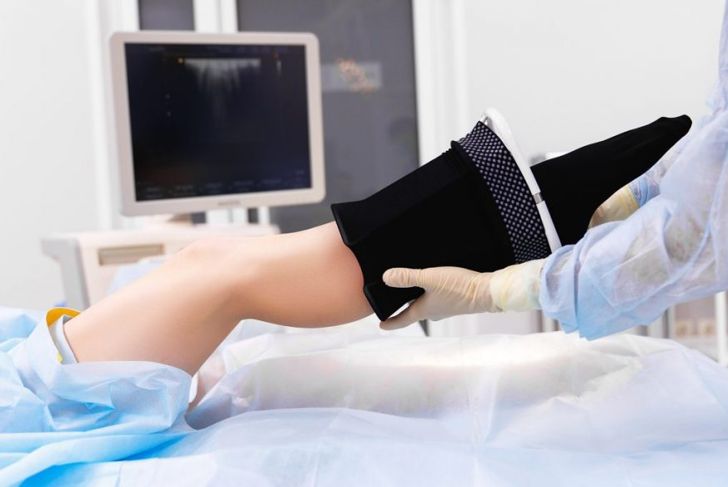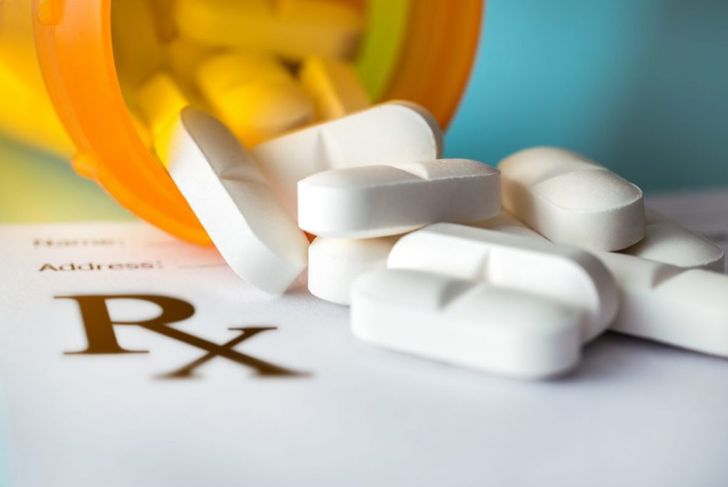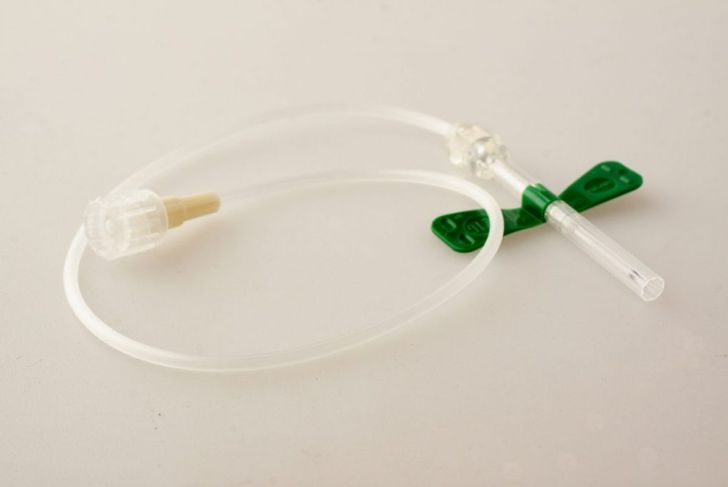Edema is a specific type of swelling that results from fluid trapped in the tissue after leaking from tiny blood vessels. It usually affects the arms, legs, ankles, and feet, though it can occur anywhere in the body. The symptom can develop in many ways, which translates to multiple treatment options, depending on the effects.
Swelling and Puffiness
One of the most common symptoms of edema is swelling, puffiness, or bloating. In most cases, this swelling is gravity-dependent because gravity pulls the fluid toward the ground. As such, the swelling will change as the affected person’s body position changes. While standing, the fluid will pool in his or her feet, ankles, and lower legs. Laying on the back may transfer the swelling to the groin. This type of generalized edema is also called dependent edema, meaning it pools in the lowest part of the body.
Pitting
When a person has edema, pressing on a swollen section may leave behind a small dent. This is because the fluid is taking up most of the space under the skin and takes time to flow back. Medical experts refer to these dents as “pits” and the characteristic as “pitting.” This is one way that doctors can determine treatments. They measure the depth of a pit and how long it takes to rebound. They then grade it on a scale from one to four, which allows them to better customize treatment options. Experts specifically refer to this type as pitting edema.
Shiny or Stretched Skin
Swelling from edema or other issues usually causes the skin to appear shiny or stretched. In particularly severe cases, stretch marks may develop. A sensation of tightness or discomfort often accompanies these changes in appearance as the skin stretches to its limit. For some people, edema can cause severe pain in the affected areas and nearby joints.
Abdomen Swelling
Because edema can affect almost any part of the body, the swelling does not always occur in the extremities. Some people have edema that primarily affects their torso, with the swelling focused around the chest and belly that is often at first mistaken for bloating or weight gain. However, if edema is the cause, rapid progression of the swelling should indicate a more serious medical issue. Fluid build-up inside the abdominal cavity is called ascites and is often a sign of liver problems.
Organ-Specific Edema
Some people develop more dangerous forms of edema that affect specific organs. Of these, the most common is pulmonary edema, which develops when the fluid accumulates in the lungs. The signs and symptoms of organ-specific edema depend on the affected body part. As fluid fills the air sacs in the lung, a person may experience shortness of breath, wheezing, and clammy skin. Swelling, in these cases, either does not occur or is not visible externally. Organ-specific edema is usually a serious medical issue requiring immediate attention.
Movement and Elevation
For less severe dependent or pitting edema, treatment may be simple. For example, moving and exercising the affected parts of the body can help disperse the gathered fluid. In some instances, it is better to hold the swollen section of the body above chest level for a few minutes throughout the day. This can be especially effective during sleep. Individuals experiencing edema should always speak to a doctor before undertaking any treatments.
Compression and Massage
Some types of edema respond better to compression and massage. This typically involves compression socks, gloves, or sleeves. These accessories apply constant pressure to the affected area to prevent fluid from building up. Gently and firmly stroking the area in a proximal direction (toward the heart) can also help reduce swelling.
Medications
If a doctor believes simple treatment methods will not be enough, he or she may prescribe medications, usually diuretics that reduce fluid by increasing urination. Most diuretics work by forcing the kidneys to release more sodium into the urine. The sodium pulls fluid from the body as it moves through. The swelling should reduce after several urinations. Because some types of edema occur due to medications, doctors may also change an existing prescription.
Long-Term Management
If edema occurs due to a long-term and serious illness or condition, doctors will typically use mild treatments for the swelling and target the underlying condition more aggressively. This may require specific medications, surgeries, or lifestyle changes, depending on the cause. One of the more common recommendations is reducing salt intake. Excess salt can cause edema or worsen it if there is another condition.
Drainage
Rarely, a medical expert may choose to drain the fluid from the swollen limbs instead of pursuing treatments such as diuretics. This is more common in older or more frail patients when the doctor deems traditional measures too dangerous. The draining process begins with small incisions at various points on the leg, usually on the thigh, knee, calf, and ankle. Doctors then attach long, flexible butterfly needles. Depending on the circumstances, the needles will drain into a bag, tube, or absorbent, sterile pad. However, this procedure is only used in special circumstances, such as patients in hospice care who are bedridden. Unfortunately, the fluid may quickly return.

 Home
Home Health
Health Diet & Nutrition
Diet & Nutrition Living Well
Living Well More
More